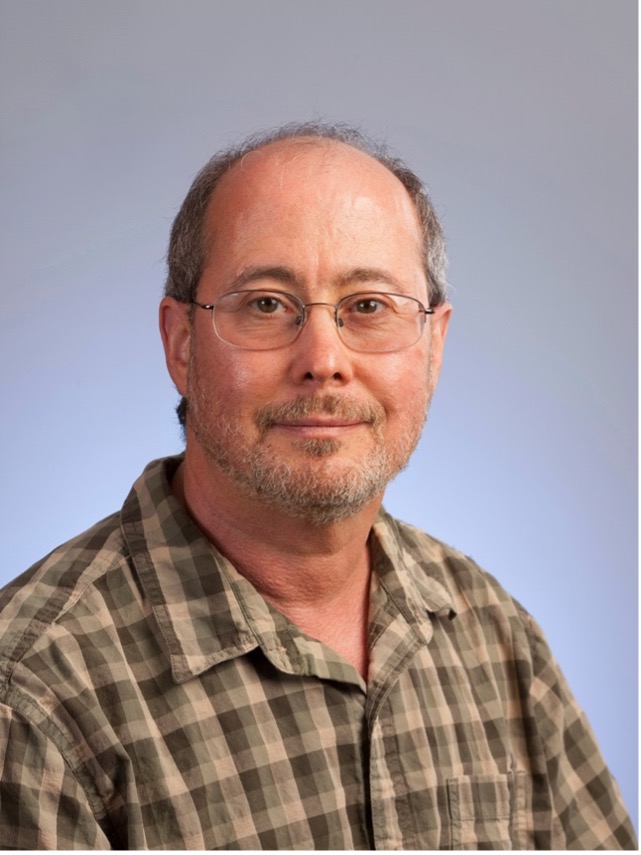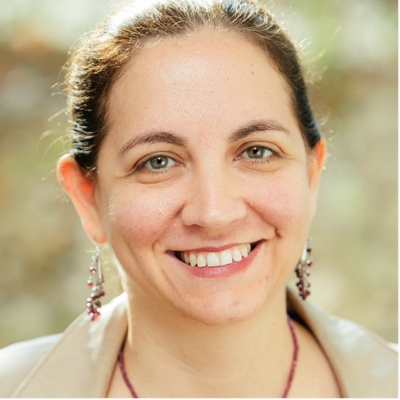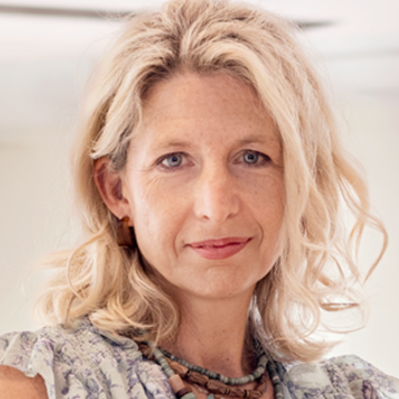The legacy of Ben Barres – Pioneer neuroscientist and advocate of diversity in science

Ben A. Barres (September 13, 1954 – December 27, 2017) was an American neurobiologist at Stanford University. He was a pioneer in the field of glia, and focused much of his research on the interaction between neurons and glial cells in the nervous system. He transitioned to male in 1997, and became the first openly transgender scientist in the National Academy of Sciences in 2013. Throughout his life, Ben was a strong advocate of trans and women rights and actively pointed out the injustices present in academia. He was a role model for many and continues to be so even today.
In celebration of Pride month, I had the pleasure of interviewing two of Ben’s former trainees, Dr. Beth Stevens and Prof. Cagla Eroglu, about his legacy and about the lessons that Ben taught them. Both are now leading scientists in the field of neurobiology, and have established their own academic labs, building on the work that they started with Ben. Beth is an Associate Professor at Harvard, Boston Children’s Hospital and the Broad Institute, looking into how neuron-glia communication facilitates the formation, elimination and plasticity of synapses in the brain. Cagla is a Professor of Cell Biology and Neurobiology at Duke University, aiming to understand how synapses are formed in the central nervous system. Both are also investigators within the Howard Hughes Medical Institute (HHMI), an organisation which funds ground-breaking scientists over a million dollars a year to pursue their research.
Prof. Cagla Eroglu (left) and Dr. Beth Stevens (right)
They both started working with Ben as postdoctoral fellows. “He struck me as very kind and down to earth”, Cagla remembers, about her first meeting with Ben. “He said a few important things to me about his mentorship style, which made me very excited about working with him. He told me he wanted us to work on important questions, not minutia, and that he wanted each of us to develop our own line of work, while also collaborating with each other. He also told me that he had no intention of developing new projects which may fringe on the work that his previous trainees are now doing in their own labs. These were not the usual things you would hear from successful scientists back then, I remember being so impressed”.
Beth also speaks fondly of the first time she visited Ben’s lab at Stanford. “On the day I interviewed for a postdoc in his lab, I remember spending time with his trainees, talking to them, and seeing all the incredible work they were doing. In those few hours, it became evident to me how much respect and love everyone had for Ben. Before leaving, I remember going to his office for what I thought would be a quick debrief, only to end up spending 4 hours talking and debating with him. We spoke about all sorts of things, from science to personal life, and our aspirations. Even then, when he barely knew me, Ben was acting like a mentor to me, giving me advice and encouraging me to think critically. So, of course, after that first meeting, I wanted to be part of his lab. To this day, working with him and getting to know him, was one of the best things that has happened to me”.
Ben often spoke about the importance of collaborative work in science and encouraged his trainees to generously share their ideas with others, while allowing people to take ownership over the work they did with him. “Ben always spoke fondly of his former trainees and encouraged everyone to think independently and build their own line of research” says Beth. “Most of us that worked with him ended up starting our own labs with the work we started while working with Ben. He encouraged us to build on our discoveries and he never tried to take over or limit us”. In one influential article that Ben wrote in 2017 for Nature, he called out the injustices in academia and encouraged generosity towards early career researchers. As he eloquently put it: “Pitting large, established research groups against the nascent labs of young scientists is not fair. Indeed, in my view, established labs can stifle creativity in their field even as they flourish. Young labs are much more likely to bring new ideas and to question dogmas. Worse, excessively competitive behaviour drives many talented young researchers out of science altogether… One of my greatest frustrations is that there are questions in my field for which I will not discover the answer during my lifetime. It is a great consolation to know that I have trained many terrific young scientists, who, in their own labs, will keep exploring these areas long after I am gone” [1].
“Ben always had the capacity to see beyond his own view and recognize the needs of others” – Prof. Cagla Eroglu
In the first few years after his death, there have been many articles about Ben’s legacy, celebrating his kindness and ingenuity as a mentor. I asked Beth and Cagla about some of the things that Ben taught them, which they still follow to this day. “One of the things he taught me is that everyone needs to be mentored in their own individual way” says Beth. “Ben cared deeply about all of his trainees and put in a lot of effort to get to know them, so that he can better support them. I strive to do the same for my students and postdocs. He wasn’t just our PI, he was almost like a parent to us all. He was also very honest with us and often had no filter. I always cherished this about him, as I knew it always came from a good place. His approach was particularly useful when I started my own academic lab. No one knows what they are doing when they start their own group, so having someone that you know will always tell you what you need to hear, when you need to hear it, was very important. And he did this with everybody, not just me. We all desperately miss that about Ben.”
“There are too many things that Ben taught me, that I cannot list them all.” says Cagla. “But the most important thing for me was learning how to deal with dilemmas or with conflicts of interest between colleagues or trainees. Ben always had the capacity to see beyond his own view and recognize the needs of others. This allowed him to find resolutions that were permanent and just. When I am now faced with such dilemmas, I ask myself what Ben would do, and try to listen to my inner Ben. Even after I left his lab, Ben always stayed connected and supported me. I always had the chance to reach out and ask for advice on important matters. I knew he would tell me what I was doing wrong, as well as what I was doing right. I miss him very much.”
On top of being a great mentor, Ben was also a strong advocate for women’s rights. He invested a considerable amount of time in publicly discussing the challenges he encountered as a woman in the field of science and suggesting methods to correct a system that he believed to be inherently prejudiced against the progression of women and minorities. Furthermore, he has been vocal and transparent about his identity as a transgender man and the challenges associated with publicly transitioning gender identity.
“Ben was incredibly brave and didn’t care about the consequences of his actions, if that meant moving something forward and making a change” Beth says. “And this could be anything from calling out a research award panel for not having more women or diverse members in their committee, to writing to the director of the US National Institutes of Health (NIH) to demand a policy change in academia. He would do many things like this that annoyed a lot of people. And that’s what was amazing about him. If I were to think back to all of the things he fought for, I could name at least 20 of them, because I was in the lab while he was trying to address them. What is incredible to me is that there has been actual policy change in the US, as a result of his actions. Ben showed all of us that when you put yourself out there like that, not only does it take a risk, but it also shows all your trainees and people around you that one person can drive change. I will always carry this lesson with me, and hope to instil it in my own students and postdocs”.
Ben died of pancreatic cancer in 2017, but he never stopped mentoring his students and postdocs until the very end. He was remarkably brave and reflective about his illness and the life he had led. As he put it: “I lived life on my terms: I wanted to switch genders, and I did. I wanted to be a scientist, and I was. I wanted to study glia, and I did that too. I stood up for what I believed in and I like to think I made an impact, or at least opened the door for the impact to occur. I have zero regrets and I’m ready to die. I’ve truly had a great life” [2].
References
1. Barres BA. Stop blocking postdocs’ paths to success. Nature. 2017 Aug 31;548(7669):517-9.
2. Barres B. The autobiography of a transgender scientist. MIT Press; 2018 Oct 30.
This interview is one of the many initiatives run by the LGBTQ+ Allies Network in the Department of Brain Sciences at Imperial. If you would like to get involved with what we do or just find out more about us, follow this link.


